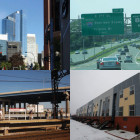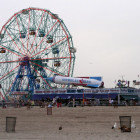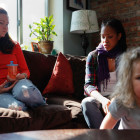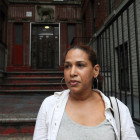The 5 million square feet of new apartment space that the city wants built on the Queens side of the East River will include 3,000 apartments of affordable housing, according to a request for proposals released this week by the city’s Department of Housing Preservation and Development.The proposed complex at Hunter’s Point South is “in accordance with the Mayor’s New Housing Marketplace Plan, which responds to the changing housing needs of New York’s communities by committing to the new construction or rehabilitation of 165,000 housing units by 2014,” the RFP reads.But in an illustration of the complexities underlying “affordable” housing, most of the city-subsidized units at Hunter’s Point will reserved for families making more than the average city family. Sixty percent of the 5,000 apartments at Hunter’s Point South are supposed to be affordable; the rest are market rate. But two-thirds of the affordable housing being constructed there will be reserved for people making between 81 percent and 165 percent of the area median income, or AMI. For a family of four that income range translates to $63,000 to $130,000.One-third of the affordable housing will be available to families making less than 80 percent of the AMI, or $63,000.The city will subsidize all the “affordable” units, and those units are required to be affordable permanently. If a developer wants to build more than the required 3,000 affordable units, the RFP states, those units “should be skewed toward the upper tier in furtherance of this project’s middle income goals.”Area median income is defined by a federal government formula, which yields an estimated median of $79,200 for a family of four.










